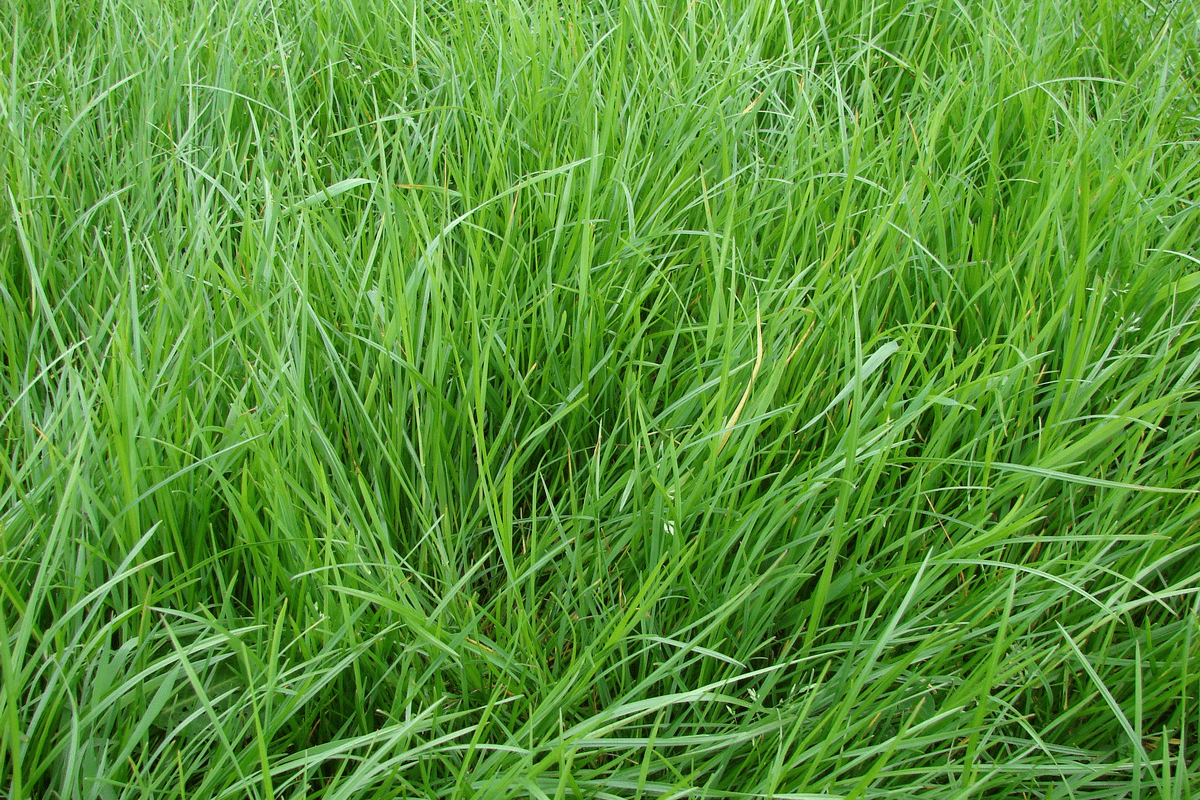Silage stocks are under pressure from last year’s drought and cold, while wet conditions in March and April are affecting grass growth and the ability to graze in some areas. Therefore, good spring grassland management this year is vital, says Germinal’s Agricultural Director, Ben Wixey.
“Using high-quality, homegrown forages to drive production is one of the most straightforward ways of reducing feed costs, while also lowering the farm’s environmental footprint,” says Ben.
“But wet conditions in early spring saw cows spending more time indoors than usual in many areas creating high grass covers outside. Using plentiful grass in these conditions is a challenge.”
Grassland management
With most areas now past balance or magic day, when grass growth outstrips demand, we’re moving into a different phase of grassland management.
“You don’t want to let covers run away from you. Anything above 9 to 10 cm in height or 3,000 kg DM/ha affects grass quality and growth rates, but poaching is a real problem in wet conditions, particularly in gateways and around water troughs,” warns Ben.
“You might also struggle with intakes in wet conditions as low DM values can reduce the amount of forage cows can harvest.”

On/off grazing, as well as making sure cows go out to graze with an edge to their appetite, will help use grass growth effectively while reducing the risk of poaching.
One of the most important jobs of these early grazings is also to set up subsequent rounds. Shutting up areas for early silaging to protect the grass wedge is another option to help manage high average farm covers.
Grass quality
Magic day onwards is the time to start thinking about grass quality and reducing concentrate use, particularly if cows are in the right state of lactation and receiving at least 12 ME/kg DM from grass.
If you don’t test your grass, AHDB Forage for Knowledge and GrassCheckGB both offer information about grass quality across the country, including energy and protein levels in grazed grass.
“With early grass so high in protein, you probably need to reduce the protein levels in your concentrate,” advises Ben. “Not only will this reduce the cost of bought-in feed but help you drive protein efficiency, a major environmental consideration.

Plan ahead
“Building forage stocks for the coming winter must be a priority. Use grass as efficiently as possible now and keep a close eye on where you’ll source your winter forage. Keep assessing and think how you can fill any potential forage gaps later in the season, whether by using clover more efficiently or looking to brassicas.”
For more information watch our webinar on How to fill the forage gap amid price rises.
Expert grassland management advice
If you have any questions about grassland management, contact one of our grass and forage production experts.
